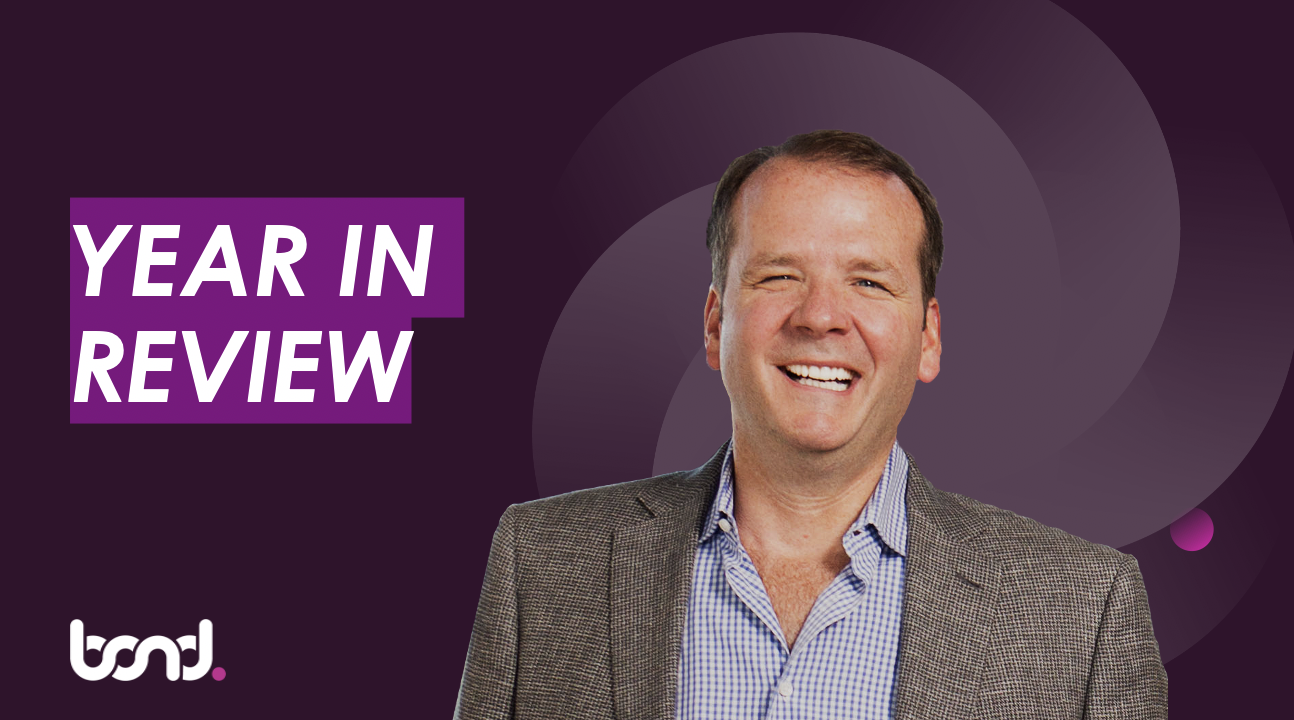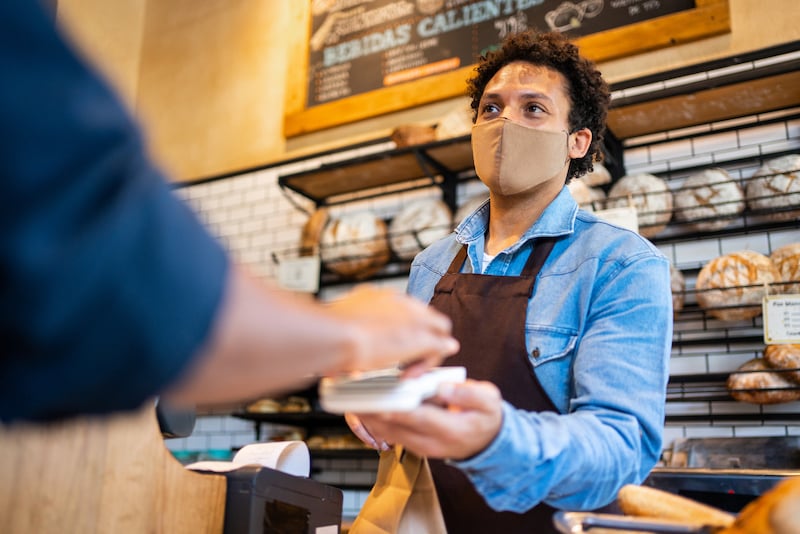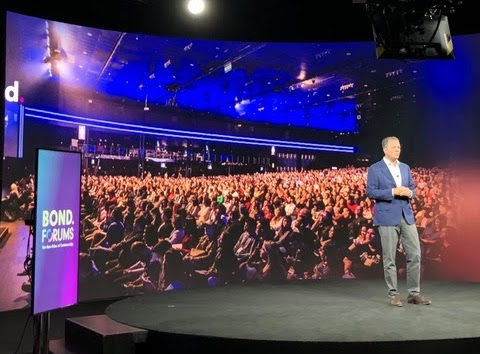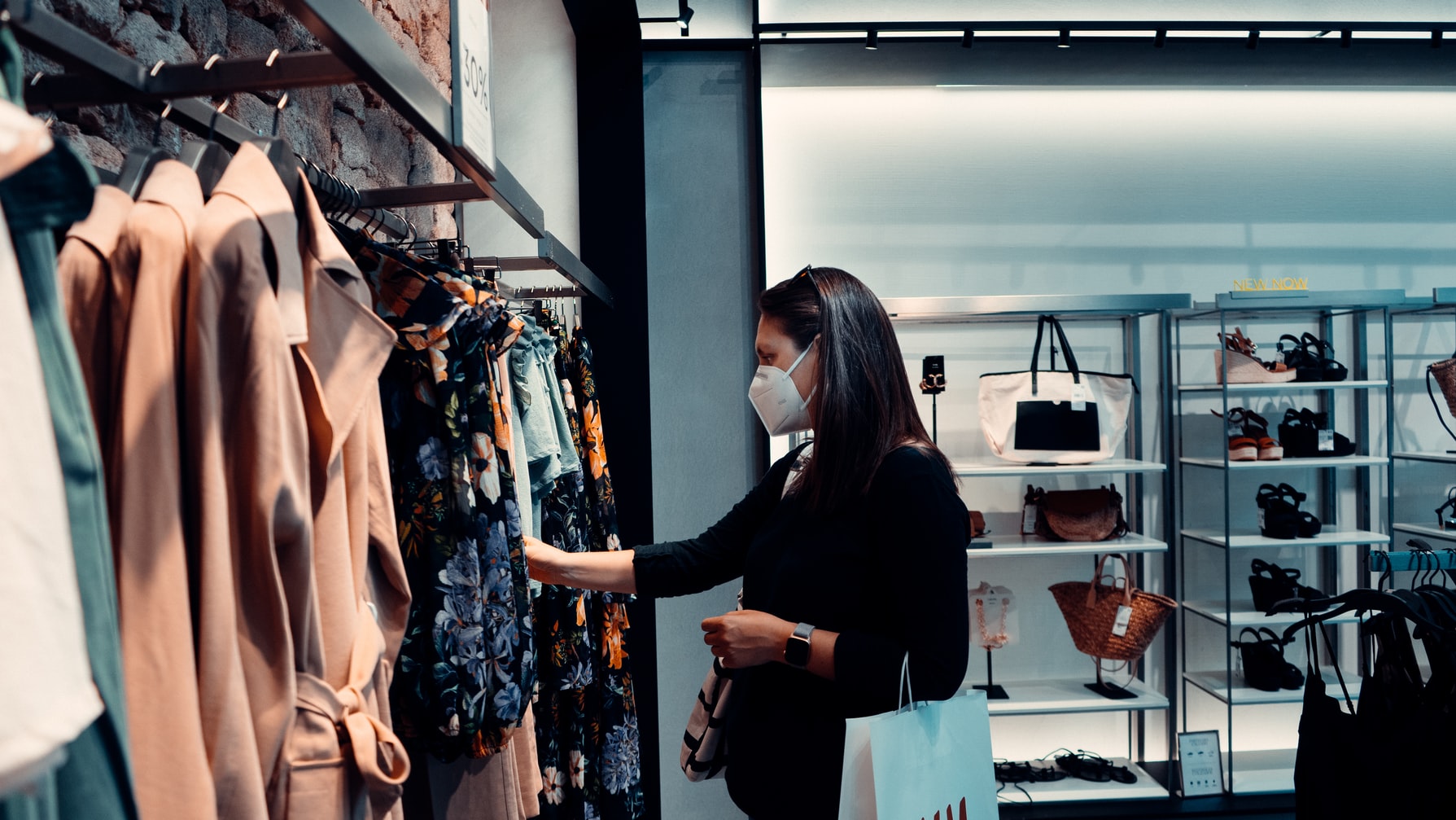Content Writer
Blog
The pandemic taught the world life-changing lessons we won’t soon forget. As I reflect on the past 20 months, I think of two memorable realizations of many I had as the crisis unfolded and evolved.
Find your purpose—and live it. For any organization today, everything has to surround a purpose.
Why the human interface of your brand needs to come first right now
The data race is on and the massive disruption in today’s marketplace is creating momentum for businesses to move exceedingly faster. At a recent Bond.Forums panel discussion hosted by Francis Silva, Bond’s VP, Analytics & Technology, leading experts tackled the biggest challenges and opportunities in data, and how organizations can unlock value—for both their brands and their customers—through data ecosystems.
The panel, “Building a Data Ecosystem to Enhance Customership,” featured leaders from Bond’s best-in-class technology partners: Bilal Khan, Managing Director & Head of Snowflake Canada; Khalil Alfar, GM Customer Success and Chief Data Officer, Microsoft; and Nicole Lusignan, Head of Strategy, North America, Qualtrics.
It came as a bit of a blow to many of us who thought “The Great COVID Job Churn” peaked in 2020: “The Great Resignation.” The latter term, coined by American management professor Anthony Klotz in May 2021, refers to the notion that a wave of employees will be quitting their jobs, or have already, in a pandemic-related resignation boom. The magnitude of this trend really sank in during a virtual chat I had with my colleague, Mary Kalkanis, our VP of People and Values. Looking at the latest headlines and reports, we realized that if we thought churn had hit its highest level last year, we hadn’t even seen the half of it.
In a year of massive disruption, businesses had to rapidly pivot how they went to market and how they engaged their customers. Yet, even as many brands accelerated their digital and loyalty transformations, which were well underway before the pandemic, there are gaps between customer expectations and experiences like never before.
As business leaders make plans for the return to the office, they’re adjusting to some of the permanent shifts the pandemic has left us: it’s out with closed cubicles and small personal desks and in open collaborative spaces and touchless coffee machines. However, it’s not just physical spaces that need a rethink, but the big intangible: organizational culture. Across sectors, CEOs and executives are grappling with tough questions:
Diversity is about celebrating and valuing the different perspectives and lived experiences of all people, and it’s a core belief at Bond. To kick off our new “Shared Stories” series and to celebrate Black History Month, we recently hosted an inspiring talk by history maker and football legend Chuck Ealey.
It’s too facile to say that COVID-19 changed everything when it comes to brands and customers. Everything was changing already. What COVID-19 did change was time, which by definition is a function of distance and speed. Both aspects not only changed, but they also changed rapidly.
Time is More Than Speed
Math and science aside, relationships between brands and customers were reflecting fundamental shifts that were already well underway pre-COVID-19. But the magnitude of the change, in terms of both distance and speed, accelerated. Even as the world emerges with vaccines and immunity, things are not going to reverse, nor will they slow down.
Time was already a new loyalty “currency” thanks to Amazon Prime and its shipping benefit, and the advent of BOPIS (buy online, pickup in store), which quickly evolved to BOPAC (buy online, pickup curbside). Time as a loyalty driver is not only about faster fulfillment and a more seamless customer experience, it also relates to how brands value customers’ time—think customer service and wait times for voice, email, SMS, and chat support.
At the onset of COVID-19, we could all be patient, as we had little choice. Not anymore. A year later we expect brands to deliver—literally and figuratively—on time. On our time.
Time for Brands to Be Loyal
One aspect of time’s value over the last year centers around digital acceleration. Virtually every brand had a digital roadmap pre-COVID-19 but the time that the brand leaders shredded to shorten the distance over the past year was, to use an overstated expression, unprecedented. Nothing illustrates this better than Walmart, the largest retailer in the world, moving to contactless payments by the end of March 2020.
Seamless experiences reflect a brand’s commitment to valuing customers’ time and at least implicitly showing loyalty to them, a prerequisite for customer loyalty in return. That loyalty from the brand is what begins to solidify trust, another dimension of loyalty that saves a customer time in deciding to engage and do business with a brand. Showing loyalty to customers extends this trust by recognizing them, informing them, rewarding them, making it easy for them to solve their “jobs to be done.”
With Synapze™ DNA, Bond’s customer genome solution, brands can unlock value from their data faster and more cost-effectively.
If there’s one thing 2020 taught the business world, it’s that companies can move forward faster on their roadmaps, or even nimbly change directions altogether. Across sectors, and even in the most siloed, complex companies, the COVID-19 crisis propelled organizations to work in ways they hadn’t before, bringing about years of change in mere months.
While companies are no longer operating at survive-or-die speed, there’s no turning back to business as usual. If there’s another realization from 2020, it’s that consumer needs and behaviors are changing faster than ever, too. They’re rapidly embracing omni-channel retail, switching allegiances and trying new brands, and expecting brands to not only understand their needs, but also to anticipate them.











